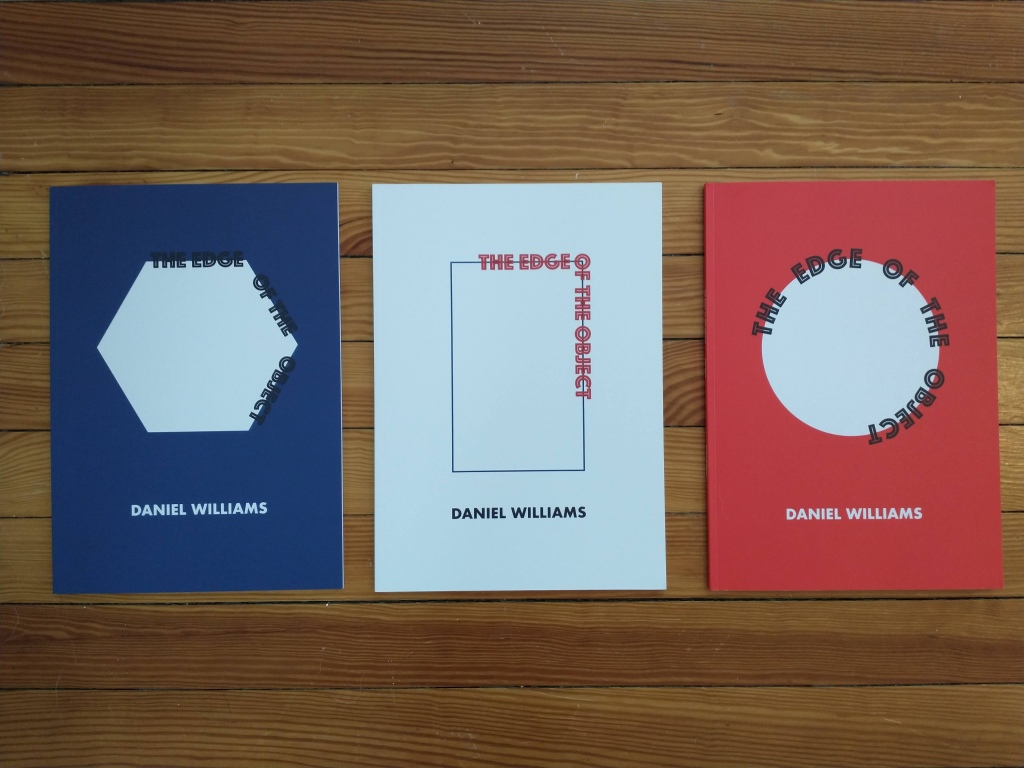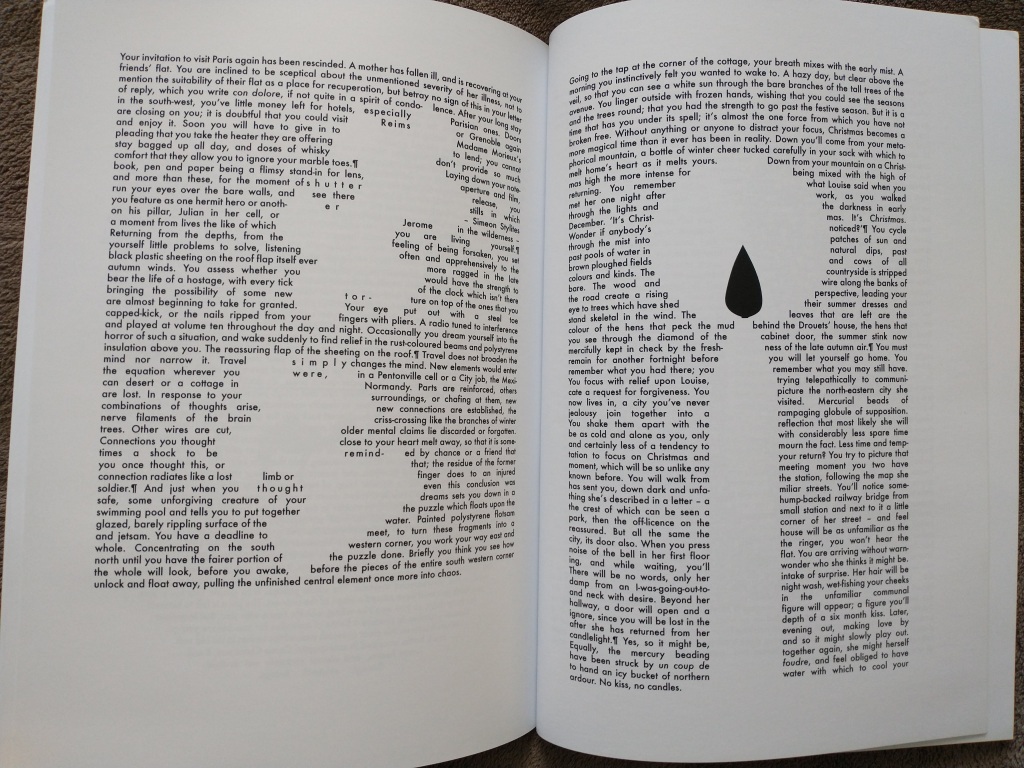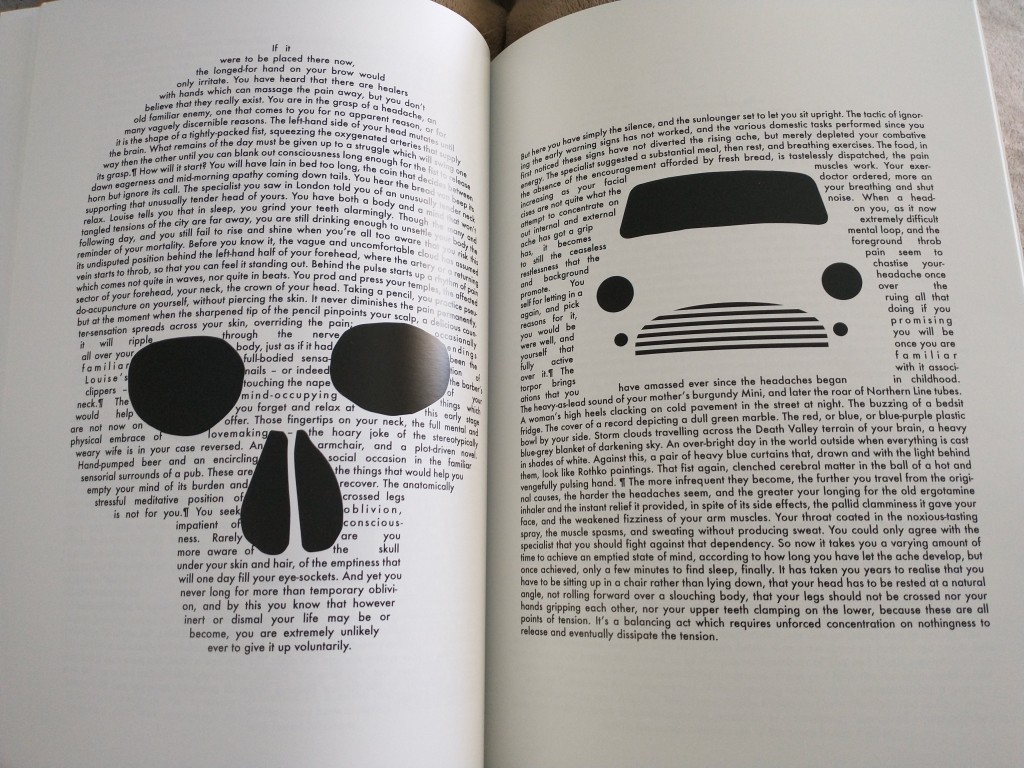The Polish writer (and artist) Bruno Schulz exemplifies a certain kind of writer for me, one whose stunning imagination spawns magical worlds from a seemingly mundane existence. Much like Franz Kafka, here was a man who managed this while doggedly staying for the most part in one spot: the small city of Drohobych where he was born, now part of Ukraine. As a Jew living in Poland during World War II, Schulz was forced to live in the Drohobych ghetto. It was on the way back to this ghetto through the ‘Aryan quarter’ of the city that he met his premature end, at age 50, by the gun-wielding hand of a Gestapo officer.
One common school of thought on writing says that a writer must travel and seek out a wealth of experiences in order to build and stoke the fire of creative process. And yet the literary output of writers such as Schulz flatly denies this prescriptive advice. Schulz is best known for his first collection of stories, originally published as Sklepy Cynamonowe (or The Cinnamon Shops), but known more commonly in English as The Street of Crocodiles, the title of one of its stories. Ostensibly these are tales of a family and the city in which they live, though the stories are much more than that. With his fiction, Schulz showed how the line between the dream world and the ‘real world’ can itself be a figment of our imagination. Writing can make these arbitrary borders dissolve to allow free passage between worlds, a splendid boon to writers and readers alike.
I read The Street of Crocodiles last spring and I’m posting my (rather rambling) review here as a tribute to this extraordinary book, one that I intend to revisit at least once if not several more times in the future.
___________________________________________________________
The Street of Crocodiles by Bruno Schulz
(Review by S. D. Stewart)
The library’s copy is from 1963, the first U.S. edition (though printed in Poland), with thick pages that every time you turn one you think you’ve paged through at least two. Pages of a bygone era of publishing, these particular pages of which are drenched with dream-prose, yet so full of grey, so many allusions to nothingness. Pages containing the descriptions of an outsider-dreamer, someone on the outside of the circle looking in, with sparkling, incisive cat’s eyes, missing nothing yet not so much participating, instead restlessly transforming the carefully observed into a secret world, an entire universe lived in mystery, in wintry nights ‘saturated with dreams and complications’, where light always struggles against the dark, in sleep and in dreams, life shrinking inside the house and expanding outside it.
Came the yellow days of winter, filled with boredom. The rust-coloured earth was covered with a threadbare, meagre tablecloth of snow full of holes. There was not enough of it for some of the roofs and so they stood there, black and brown, shingle and thatch, arks containing the sooty expanses of attics—coal-black cathedrals, bristling with ribs of rafters, beams and spars—the dark lungs of winter winds.
There are birds, so many birds, for Father loves birds, importing their eggs from the far reaches of the world and hatching himself an entire community, even arranging avian marriages. And outside the house winter brings the crows…
The chimney-sweeps could not get rid of the crows which in the evening covered the branches of the trees around the church with living black leaves, then took off, fluttering, and came back, each clinging to its own place on its own branch, only to fly away at dawn in large flocks, like gusts of soot, flakes of dirt, undulating and fantastic, blackening with their insistent crowing the musty-yellow streaks of light.
Schulz’s imagery is bold and fantastic; his figurative language surprises on every page. Coats are ‘soaked with wind’, horse-drawn cabs drive unattended, trams are made of papier mâché. The jacket copy generously declares Schulz to be ‘one of the most remarkably gifted writers to have been produced in Eastern Europe in this century’. (I always find it amusing when a writer is said to have been produced, as if the writer was either a commodity spit out of a machine or a phantom conjured out of thin air by some literary-minded magician.)
I was reminded of the novel Garden, Ashes by Danilo Kiš (himself influenced by Schulz), with its own dream-prose and Mad Father figure, also set in a pocket of the sprawling former Austro-Hungarian Empire. Schulz’s narrator is farther removed, though, more distant from the action, sometimes even stepping into the collective ‘we’ and inviting the reader to travel along. This can feel jarring, especially when you have already been following, drifting down the dark misty streets the entire time, so that when he slips into ‘we’ and beckons to you, it’s like when someone turns around abruptly, catching you in the act of furtive surveillance.
The city is a character. It is labyrinthine, shifty and shifting, prone to growing and shedding extra streets, rearranging itself at will. The shops are alluring, especially during the Great Season, when the citizenry catches the shopping fever.
The time of the Great Season was approaching. The streets were getting busy. At six in the evening the city became feverish, the houses stood flushed, and people walked about made up in bright colours, illuminated by some interior fire, their eyes shining with a festive fever, beautiful yet evil.
There is humor, not too much of the laugh-out-loud quality, but enough. There is absurdity in spades. The reader enters the dream realm where all natural laws are suspended. We become concerned with the architecture of dreams, how the world inside is built, the framework of the interior, the details of the place. It’s a world where certain years ‘grow a thirteenth freak month […], a hunchback month, a half-wilted shoot, more tentative than real’. This rogue month usually occurs after August, and it’s clearly the fault of ‘the senile intemperance of summer, its lustful and belated spurt of vitality’, spawning ‘crab-days, weed-days, sterile and stupid, added as an afterthought; stunted, empty, useless days—white days, permanently astonished and quite unnecessary. They sprout, irregular and uneven, formless and joined like the fingers of a monster’s hand, stumps folded like a fist’.
Father is the de facto leader-guide of this dream realm. Father, at war with the cockroaches, even as he becomes more cockroach-like himself. Father, amateur ornithologist, who with his motley multicolored flock is really just trying to liven things up, to counter winter’s deadly boredom. Father, somewhat obsessed with Adela, the lively housekeeper, who is the only one to hold any semblance of power over him. Father, who lives an ‘odd and dubious’ existence, sometimes a shop owner, sometimes a philosopher, sometimes a scientist, sometimes manic, sometimes worn and despondent.
Meanwhile in the city, on Crocodile Street, ‘nothing ever succeeds there, nothing can ever reach a definite conclusion. Gestures hang in the air, movements are prematurely exhausted and cannot overcome a certain point of inertia. […] Nowhere as much as there do we feel threatened by possibilities, shaken by the nearness of fulfilment, pale and faint with the delightful rigidity of realisation. And that is as far as it goes’. This locale is an affront to our narrator, ‘a concession of our city to modernity and metropolitan corruption’.
And while down below everything disintegrated and changed into nothingness in that silent panic of quick dissolution, above there grew and endured the alarum of sunset, vibrating with the tinkling of a million tiny bells set in motion by the rise of a million unseen larks flying together into the enormous silvery infinite.
The temptation is to continue pasting huge swaths of the text into this review. I wanted to crawl inside the pages of the book, to pull the words over my head and sleep for hundreds of years, as ‘the pages of days turned emptily’ and I slipped farther and farther into the dream realm. But even in Schulz’s dream realm there are moments of the blissful mundane, a subtle reminder that everyday life can also seem otherworldly, can also transport us to another realm, each moment a potential passageway, if only we can stay in the present and remain open to our surroundings.
In the kitchen, on the floor above, Adela, warm from sleep and with unkempt hair, was grinding coffee in a mill which she pressed to her white bosom, imparting her warmth to the broken beans. The cat was washing itself in the sunlight.






